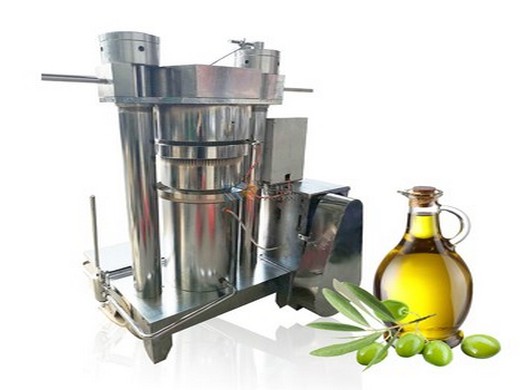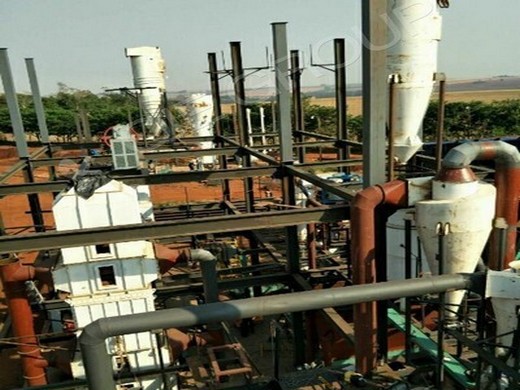physical refining of edible oils using nitrogen
Physical refining of edible oils using nitrogen as
The use of nitrogen as a stripping gas in physical refining of edible oils represents a technological improvement with potential advantages such as the possibilities of recovering high quality
León-Camacho, M., Ruiz-Méndez, M.V. and Graciani Constante, E. Changes in olive oil components during deodorization and/or physical refining at the pilot plant scale using nitrogen as stripping gas. Fett/Lipid, 101, 38-43 (1999).
Physical refining of edible oils using nitrogen as
The use of nitrogen as a stripping gas in physical refining of edible oils represents a technological improvement with potential advantages such as the possibilities of recovering high quality deodorized distillates and eliminating pollution. The objectives of the present paper are to study, evaluate and optimize, as far as possible
Abstract. The use of nitrogen as a stripping gas in physical refining of edible oils represents a technological improvement with potential advantages such as the possibilities of recovering high quality deodorized distillates and eliminating pollution. <br/> The objectives of the present paper are to study, evaluate and optimize, as far as possible, independent variables involved in the
Comparison of steam and nitrogen in the physical
Deacidification in physical refining is one of the most sensitive steps in refining edible vegetable oils because of its large impact on the quality of the oil. The removal of volatile compounds such as FFA is accomplished at elevated temperatures and a high vacuum with a stripping gas, usually steam. The aim of this work was to verify, at the laboratory level, the advantages of using an
Information about the open-access article 'Physical refining of edible oils using nitrogen as stripping gas. Process optimization' in DOAJ. DOAJ is an online directory that indexes and provides access to quality open access, peer-reviewed journals.
Comparative performance of steam and nitrogen as
The amount of nitrogen needed was much lower than that of steam for refined oils of similar high quality. The results also suggested that the amount of stripping gas had a clear influence on the composition of deodorizer distillates because lower quantities of triglycerides and unsaponifiable matter were found when nitrogen was employed.
Another is the increased use of physical refining because of consumer pressure for less "chemical" processing. Conclusions. Rural refining of oil-bearing plants can produce fats and oils of good quality which provide needed energy and fat soluble vitamins. Commercial refining produces fats and oils that can be of high quality and have the
What is physically refining of edible oils?
Edible/vegetable oil refining is a step by step process. Refining removes phospholipids, pigments, off-flavors, free fatty acids and other impurities in the crude oil. The entire vegetable oil refinery plant process comprises degumming/neutralizat...
Abstract. The use of nitrogen as a stripping gas in physical refining of edible oils represents a technological improvement with potential advantages such as the possibilities of recovering high quality deodorized distillates and eliminating pollution. <br/> The objectives of the present paper are to study, evaluate and optimize, as far as possible, independent variables involved in the

Comparative performance of steam and nitrogen as
The amount of nitrogen needed was much lower than that of steam for refined oils of similar high quality. The results also suggested that the amount of stripping gas had a clear influence on the composition of deodorizer distillates because lower quantities of triglycerides and unsaponifiable matter were found when nitrogen was employed.
Get Price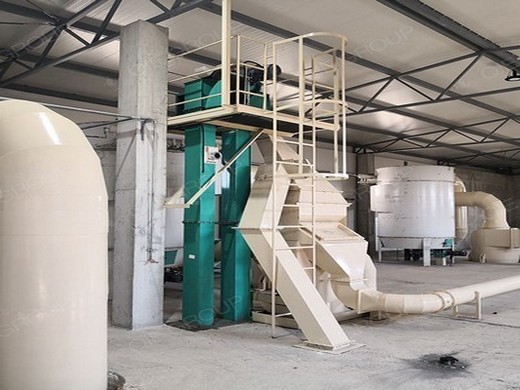
Chapter 5 : Processing and refining edible oils
Another is the increased use of physical refining because of consumer pressure for less "chemical" processing. Conclusions. Rural refining of oil-bearing plants can produce fats and oils of good quality which provide needed energy and fat soluble vitamins. Commercial refining produces fats and oils that can be of high quality and have the
Get Price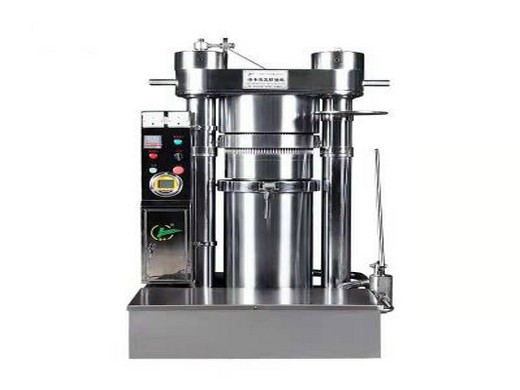
Chemical Refining and Physical Refining of Vegetable Oil
Physical Refining. Apart from chemical refining, physical refining is another method that used for edible oil refining. Through this method, the free fatty acids are removed during the process of distillation, which is one stage of deodorizing. The crude oil should be thoroughly degummed to come up with effective results. This is not applicable
Get Price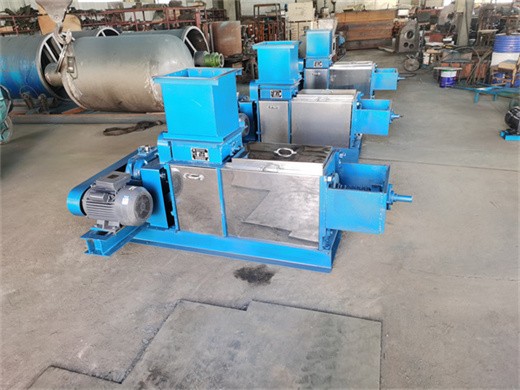
Physical Refining Deodorisation Oil Palm Knowledge
A Short History In the early days of the edible oil processing industry, in the first half of the 19th century, there was little or no need for refining. Food fats (e.g. lard, olive oil, milk fat, etc.) were mostly consumed unrefined and their typical flavour was
Get Price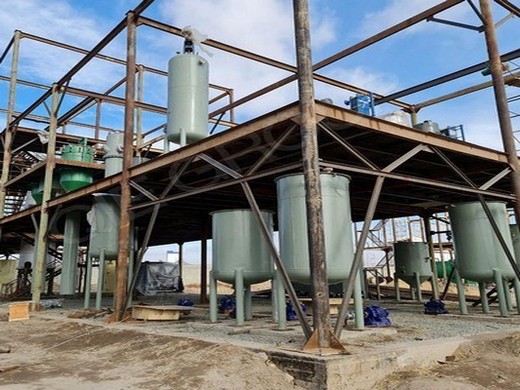
Deacidification and recovery of distillates in the
The use of nitrogen as a stripping gas in physical refining of edible oils represents a technological improvement with potential advantages such as the possibilities of recovering high quality
Get Price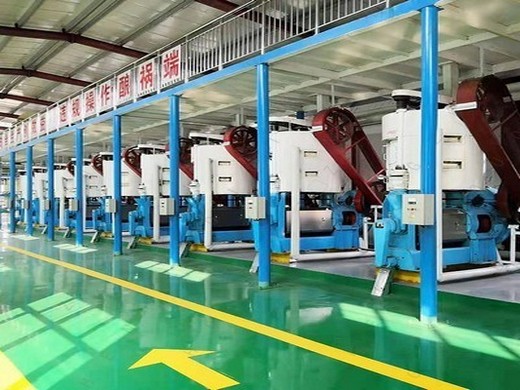
Physical refining of edible oils, European Journal
Physical refining of edible oils Physical refining of edible oils Čmolík, Jiří; Pokorný, Jan 2000-08-01 00:00:00 Crude oils obtained by oilseed processing have to be refined before the consumption in order to remove undesirable accompanying substances. The traditional alkali refining is often replaced by physical refining in which the use of chemicals is reduced.
Get Price
Simulation of continuous physical refiners for edible oil
Physical refining, also known as deacidification by steam distillation, is a process in which free fatty acids and other volatile compounds are distilled off from the oil, using an effective stripping agent (usually steam) and suitable processing conditions. In general, vegetable oils are formed by triacylglycerols, free fatty acids, partial
Get Price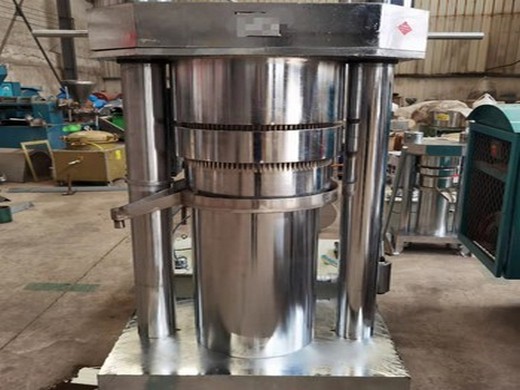
EDIBLE OILS AND FATS REFINING gianazza.eu
EDIBLE OILS & FATS REFINING OILSEDIBLE AND FATS REFINING The most frequent and important application of oily seeds and natural fats is by far in the field of edible products.Gianazza International has been active in the manufacture of edible oil refining plants for over one century and now it is engaged in the development of advanced technologies and optimization of the ones already available
Get Price
Deodorization American Oil Chemists' Society
Over the years, deodorization gradually evolved from a ‘simple’ process to remove off-flavors to a crucial unit operation with a big impact on the refined oil quality. In current edible oil refining, deodorization is also the process in which free (nonesterifed) fatty acids (in the case of physical refining) and volatile contaminants are
Get Price
Physical refining of edible oils using nitrogen as
[EN] The use of nitrogen as a stripping gas in physical refining of edible oils represents a technological improvement with potential advantages such as the possibilities of recovering high quality deodorized distillates and eliminating pollution. The objectives of the present paper are to study, evaluate and optimize, as far as possible
Get Price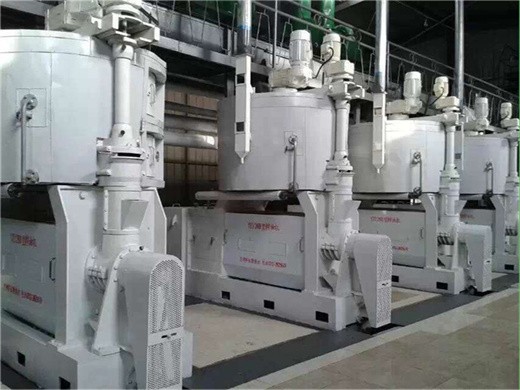
ES2272181A1 Procedure for the elimination of fat spirits
Removal procedure of wax-producing fatty alcohols coupled to neutralizing deodorization in the physical refining of edible oils. The new technique that is proposed, allows the neutralization and lowering of oils in a single phase, modifying the way of working in neutralizing deodorization or physical refining; this also implies modifying deodorizers, used whether they are continuous or semi
Get Price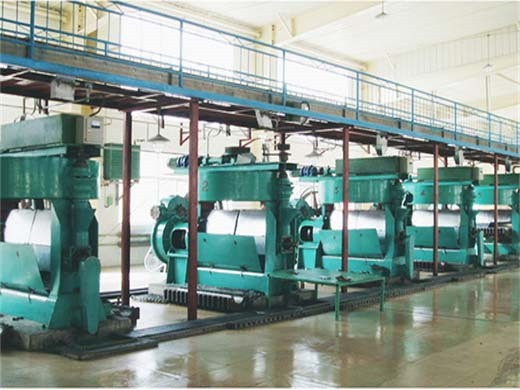
Edible Oil Refining Processes Degumming
These processes principally serve the purpose of modifying the melting properties of oils and fats in order to improve their functional properties in specific applications, but the processes are also used to improve the stability of the oils and fats thus processed. In edible oil processing, a fractionation process consists of a controlled
Get Price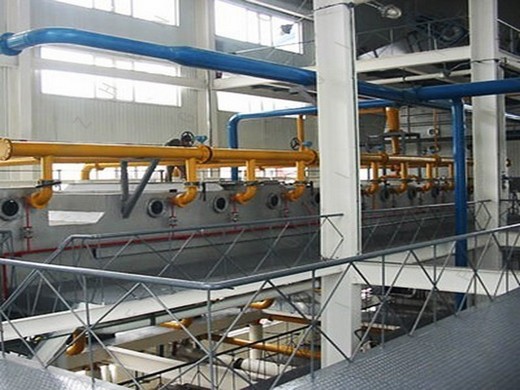
Deacidification and recovery of distillates in the
A pilot plant-scale continuous deodorization installation was developed to simultaneously test several technological changes in the classical deodorization process: use of nitrogen as stripping gas, heating of the gas above the liquid oil, and use of shell-and-tube condensers for the recovery of distillates.
Get Price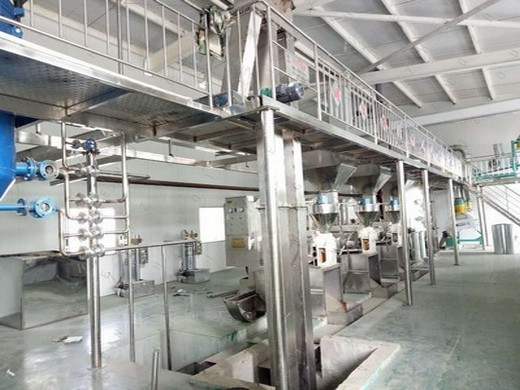
Formation of stigmasta-3,5-diene in olive oil during
Physical refining of edible oils using nitrogen as stripping gas. Process optimization: In Vitro Activity of 2-methoxy-1,4-naphthoquinone and Stigmasta-7,22-diene-3β-ol from Impatiens balsamina L. against Multiple Antibiotic-Resistant Helicobacter pylori
Get Price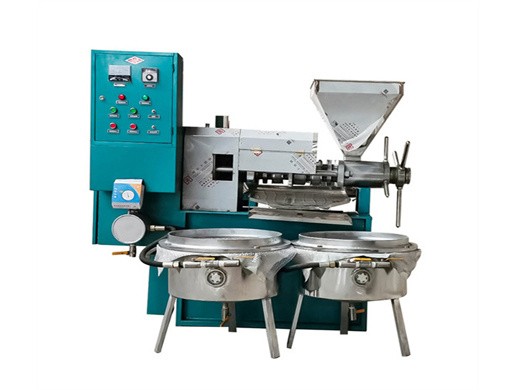
basics of physical refining of vegetable oils oil
Edible oil refining contains vegetable oil refining, animal oil refining, microbial oil refining. The crude oil refining production line can remove impurity of oil and obtain high quality standard finished refined oil through washed degumming, alkali refining soap removal, mixed proportion, blenching, filtration, physical deacidification and deodorization, crystallization and maturing.
Get Price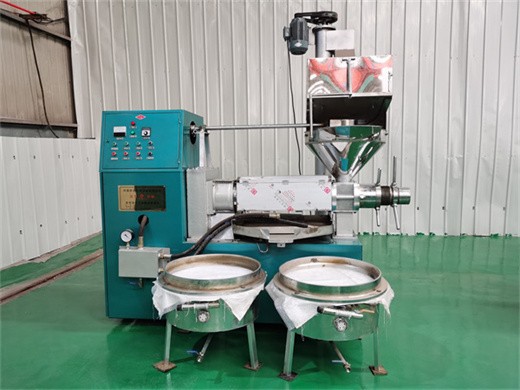
Comparative performance of steam and nitrogen
Read "Comparative performance of steam and nitrogen as stripping gas in physical refining of edible oils, Journal of the American Oil Chemists' Society" on DeepDyve, the largest online rental service for scholarly research with thousands of academic publications available at your fingertips.
Get Price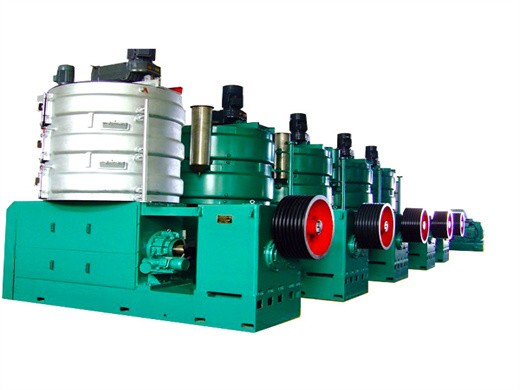
Deodorization- Important Unit operation in Oil Processing
Deodorization- Important Unit operation in Oil Processing 1. Deodorisation Sadanand Patel HBTI-K 2. Layout of Presentation Refining (Physical/Chemical) What is Deodorization? Effect of Deodorization Chemistry of Odour Sources of Odour Principles Laws Process Variables Process Steps Operation(Batch, Semi-continuous and Continuous) Equipment Effect of Deodorization on Oil Quality
Get Price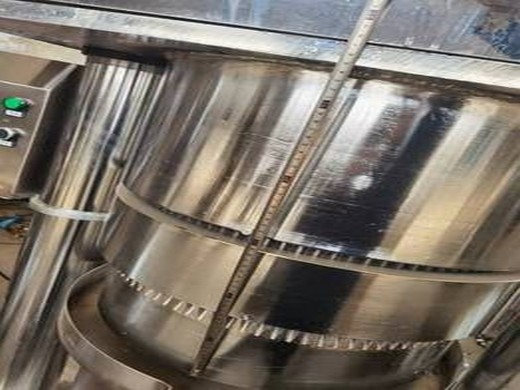
Edible Oil an overview ScienceDirect Topics
Edible Oil. Edible oil is a fatty liquid that is physically extracted from several vegetables and also some animal tissues, the most appreciated being olive oil for both taste and health properties (Preedy and Watson, 2010), especially the extra-virgin category, mechanically extracted from olives at
Get Price
Physical refining of edible oils Čmolík 2000
Crude oils obtained by oilseed processing have to be refined before the consumption in order to remove undesirable accompanying substances. The traditional alkali refining is often replaced by physical refining in which the use of chemicals is reduced. The most widely used method is steam refining. The crude oil quality is very important in
Get Price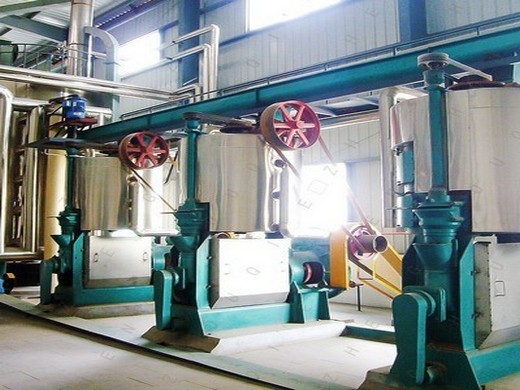
A comparative study of two heating procedures in the
Abstract Two mixtures of refined sunflower seed oil, one with oleic acid and the other with olive oil distillates from a laboratory plant, were physically refined using nitrogen as stripping gas in...
Get Price
WO2007036594A1 Method for eliminating wax
The new proposed technique makes it possible to neutralise and dewax oils in a single phase by modifying the mode of implementation of neutralising deodorization or physical refining; it also includes the modification of the deodorising agents used, either continuous, semicontinuous or discontinuous. The method is based on distillation with entrainment of steam or free fatty alcohol vapours
Get Price
Physical Refining Bleaching Oil Palm Knowledge Base
Bleaching Bleaching was introduced in edible oil refining at the end of the 19th century to improve the colour of cottonseed oil. Originally, it was a batch process at atmospheric pressure, in which natural bleaching clay was added to hot oil with the sole objective of removing colouring pigments. Today this is no longer the
Get Price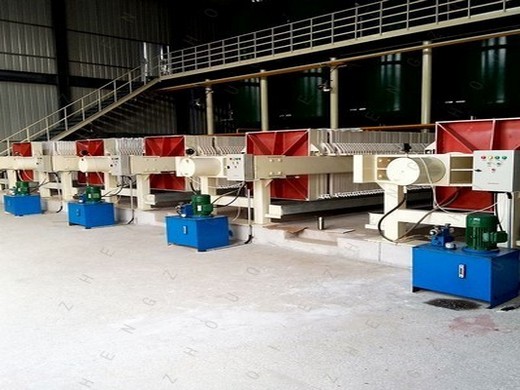
Extraction and Refining Air Liquide
high quality edible oils that are low in trans fatty acids. We can combine extraction and refining technologies to create an end-to-end system. All equipment that we provide is designed and manufactured to the highest standards, rendering it reliable and extremely cost-effective. Operating costs
Get Price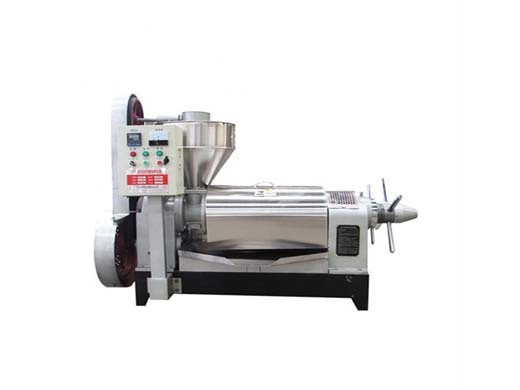
HUM Oil & Fat Technologies
Two processes have been developed for the refining of edible oils and fats, i.e. physical and chemical refining; the decision which process to use depends on the types and qualities of the crude oil to be processed. The names physical and chemical refining come from the process technology used to remove the free fatty acids (FFA) those are
Get Price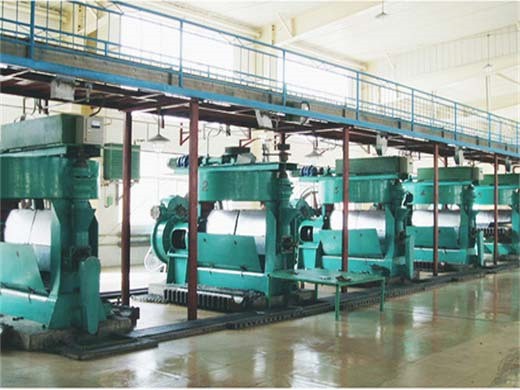
DEODORIZED EDIBLE OIL OR FAT WITH LOW LEVELS OF
Constante et al, Physical refining of edible oils using nitrogen as stripping gas. Process optimization. Grasas y Aceites, (1994) Vol. 45, No. 3, pp. 132-146. Zelinkova et al, Occurrence of 3-chloropropane-1,2-diol fatty acid esters in infant and baby foods. European Food Research and Technology (2009) Volume 228, Number 4, pp. 571-578.
Get Price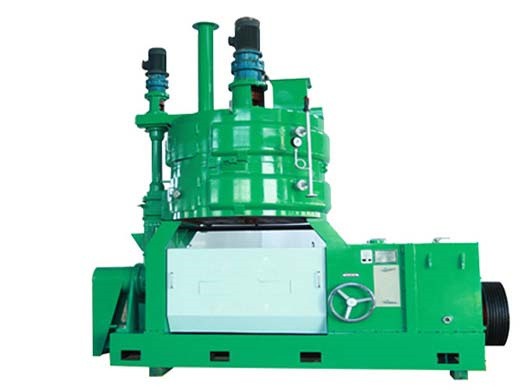
Physical vs Chemical Refined Edible Oils > Living Smartly
There are two ways by which oil can be refined Physical or Chemical refining. The process by which edible oils are refined (physical or chemical) will determine its quality, color, flavour and taste. Both these methods use different techniques in removing the undesired contents. Chemical Refining
Get Price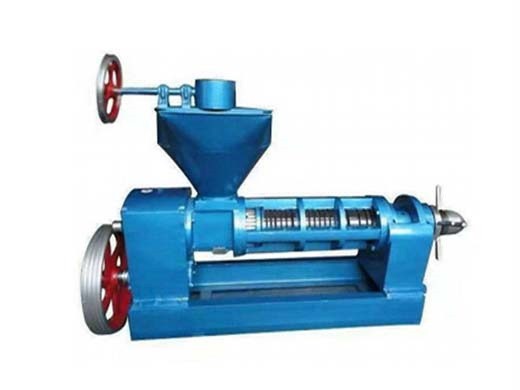
Palm Oil Refining Process Physical & Chemical
Palm oil should be obtained through a series of physical and chemical palm oil refining process in the mill plant to ensure the quality of refined palm oil. Only with suitable palm oil processing equipment, the whole physical and chemical pr
Get Price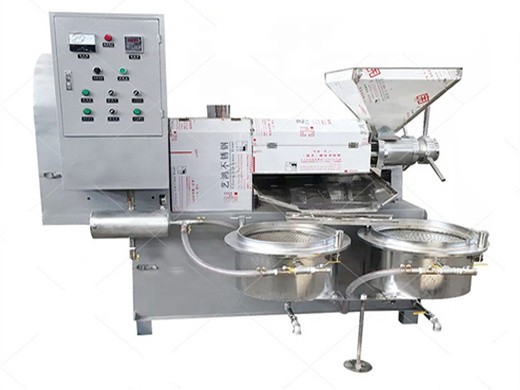
Production of edible oil LEWA
The basis for these seed oils include soy beans, rapeseed, sunflowers, peanuts, palm seeds or flax seeds. Fruit pulp oils are extracted from olives, palm oils and avocados, and others. In the production of edible oil, pumps mainly operate in the low pressure range; we recommend the use of the LEWA ecodos pump series for these processes.
Get Price

